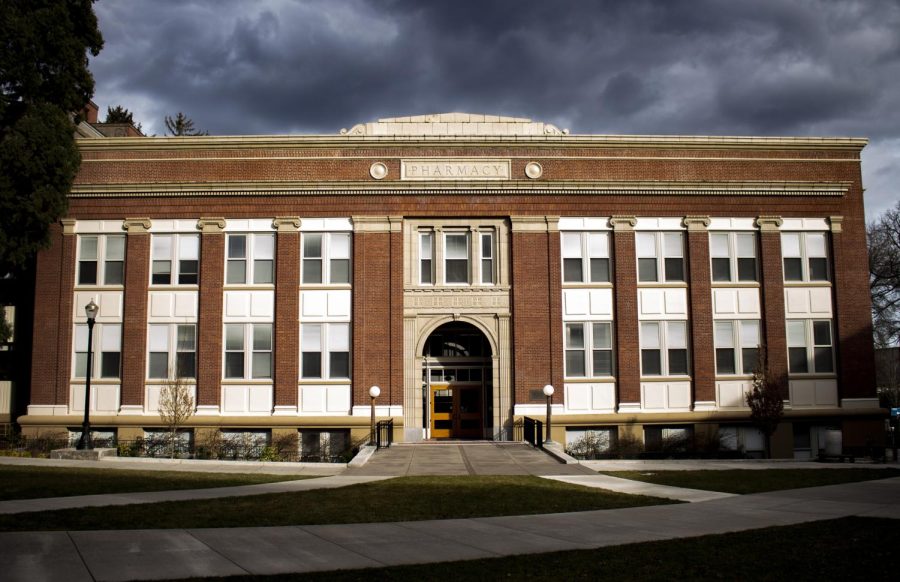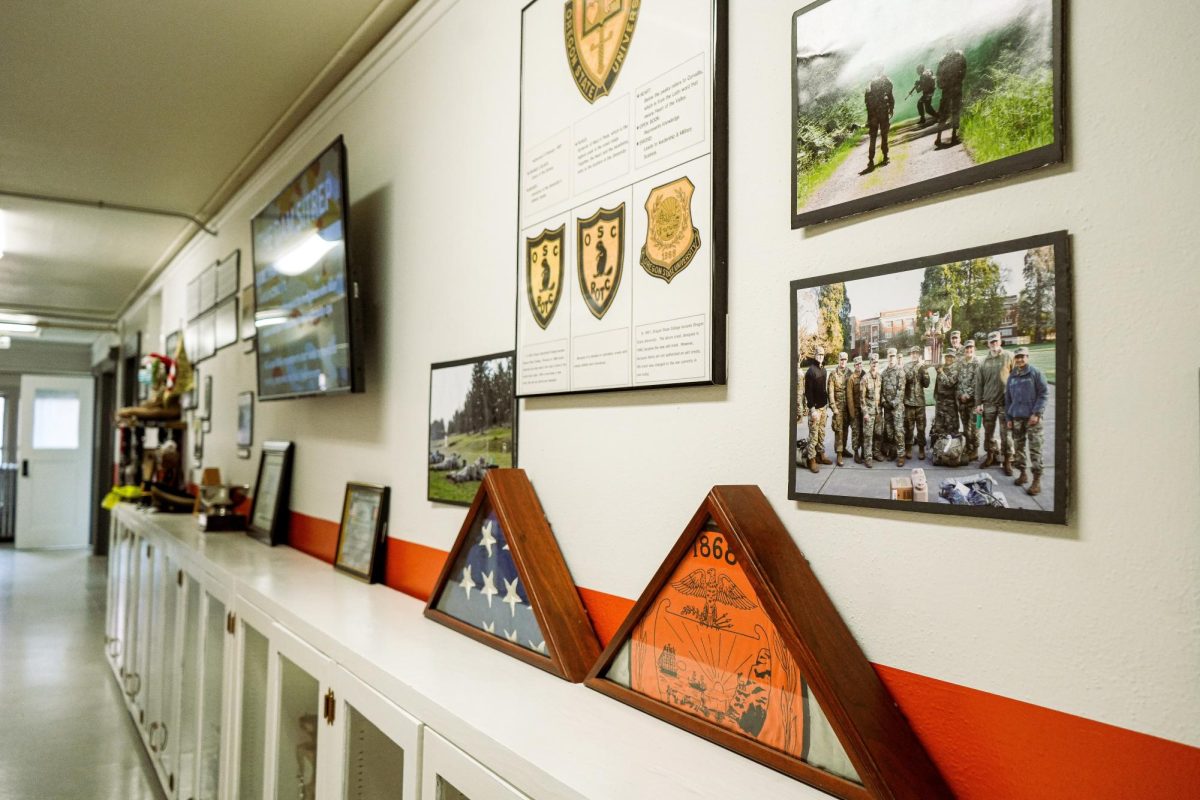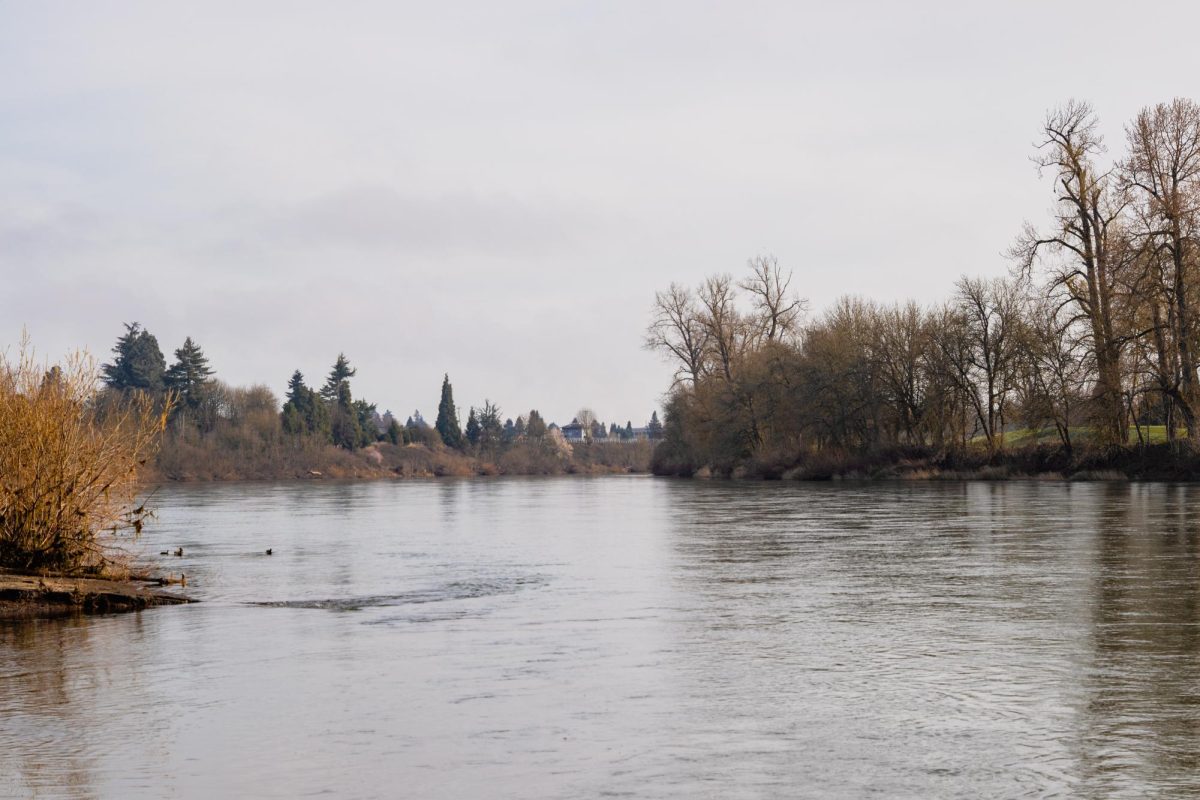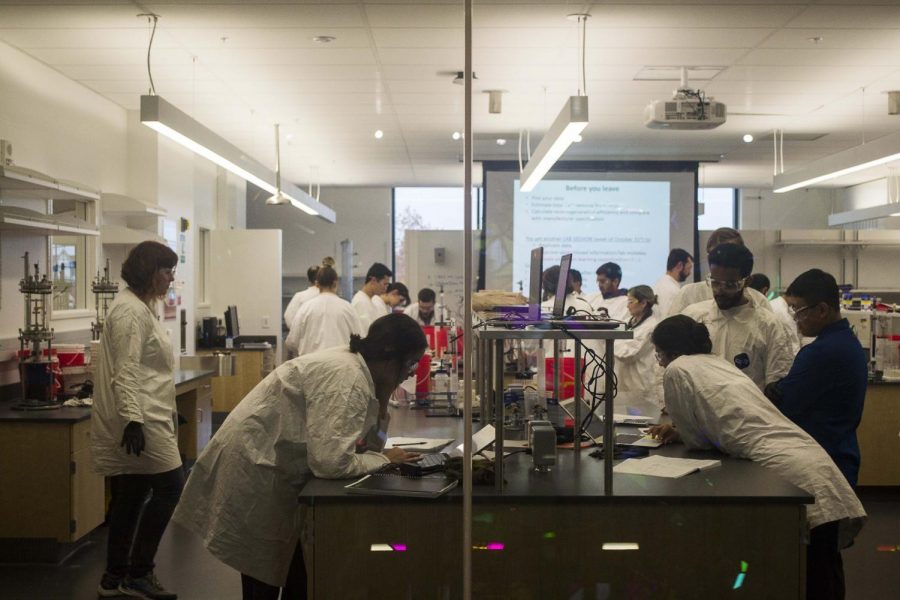Funding research, impacting the Oregon economy
October 31, 2016
Oregon State University received 336 million dollars to fund research projects
Last year Oregon State University received $336 million dollars in research funding and is one of only two universities in the country with a land, sea, space and sun-grant designation.
“We are becoming a huge powerhouse in research in the nation,” said Steven J. Clark, vice president of University Relations and Marketing.
The money received by OSU is primarily being used to fund research projects, according to Clark, that have a profound effect on Oregonians and the Oregon economy, work that is only possible thanks to the research funding. The money comes primarily from federal agencies, such as the National Science Foundation and the U.S. Army, as well as private industries and
the state government
A study conducted by ECONorthwest on Oregon State in 2015 estimated that in 2014, OSU had more than a $2.3 billion economic impact in Oregon, including the creation
of 31,660 jobs.
Clark called to light the work of the College of Forestry, which is currently working on a method to use lumber to construct high rise buildings. He said the project could have a huge impact on the struggling Oregon lumber industry, and the rural communities that once thrived on it.
Dr. Irem Tumer, associate dean of research and economic development for the College of Engineering, also discussed the work the college is doing to improve the quality of
life for Oregonians.
“Healthy economy, healthy environment, and healthy people; that’s our goal,”
Dr. Tumer said.
Dr. Tumer pointed to small scale nuclear reactors that were originally developed by OSU faculty and students as a prime example. This project has birthed its own business called NuScale Power, which aims to continue the work done at the university by pushing for easy access to emission free and affordable energy throughout Oregon.
According to Elain Fu, assistant professor of bioengineering, the money isn’t just improving the community OSU serves, it’s also providing opportunities for researchers and students alike.
“It’s a cycle,” Fu said. “We do more research, which enables us to do more research and
hire more students.”
She is currently researching methods for more effective monitoring of diseases in healthcare. She detailed the ease of access to the funds and students she needs to pursue her research. After starting with a standard start up package of research funds to hire graduate students and purchase equipment for her work, she had enough research done to begin seeking greater sums of money with an actual body of work to show.
Dr. Tumer said that the College of Engineering has allocated funding for a new position in the college aimed at giving undergraduates greater access to research, and facilitating their pursuits.
“(Undergraduates) are part of the foundation here for research,” Clark said.
Money, however, isn’t the only factor that makes OSU a premier research institution. Collaboration plays a huge role.
Dr. Tumer touted the Marine Studies Initiative as the ultimate collaboration project. A true multi faceted initiative, the Marine Studies Initiative unites all disciplines, from the College of Engineering to the College of Liberal Arts, to study and better
the Oregon Coast.
“Collaboration helps people understand and help solve the really big problems not one discipline can solve,” Dr. Tumer said.
This attitude found in OSU’s faculty has also found its way into the buildings themselves. Johnson Hall opened this past September and has floor to ceiling glass panels instead of closed doors in its laboratories. Instead of making research exclusive and done in solitude, the goal is to promote
inclusivity and collaboration.
“There’s a great collaborative atmosphere with the faculty,” Fu said.
When looking to the future of research at OSU, Clark said that the goal isn’t about the numbers, but rather a continuation of OSU’s current work. He reasoned that doing world class research attracts world class staff. The world class research done at OSU helps the school secure further funding.
“We have rockstar staff,” Clark saidx.
It is clear that this research funding enables OSU in a number of ways to have a substantial impact on the lives of Oregonians. According to Cynthia Sagers, vice president for research, projects on the horizon include projects to improve the sustainability and productivity of agriculture, designing two to three regional class coastal research vessels, and environmental responses to climate change.
“Without this money, we would not be changing the world,” Clark said.




















































































![Newspaper clipping from February 25, 1970 in the Daily Barometer showing an article written by Bob Allen, past Barometer Editor. This article was written to spotlight both the student body’s lack of participation with student government at the time in conjunction with their class representatives response. [It’s important to note ASOSU was not structured identically to today’s standards, likely having a president on behalf of each class work together as one entity as opposed to one president representing all classes.]](https://dailybaro.orangemedianetwork.com/wp-content/uploads/2025/03/Screenshot-2025-03-12-1.00.42-PM-e1741811160853.png)























